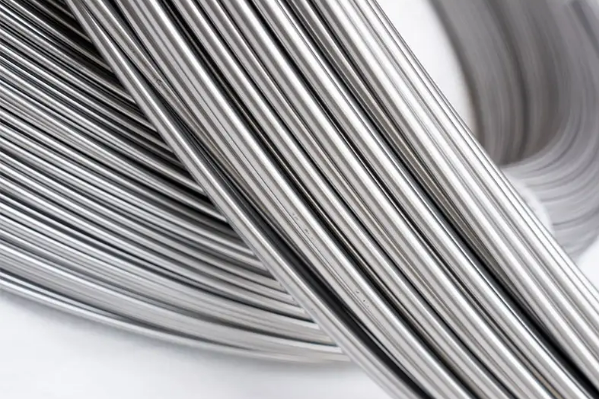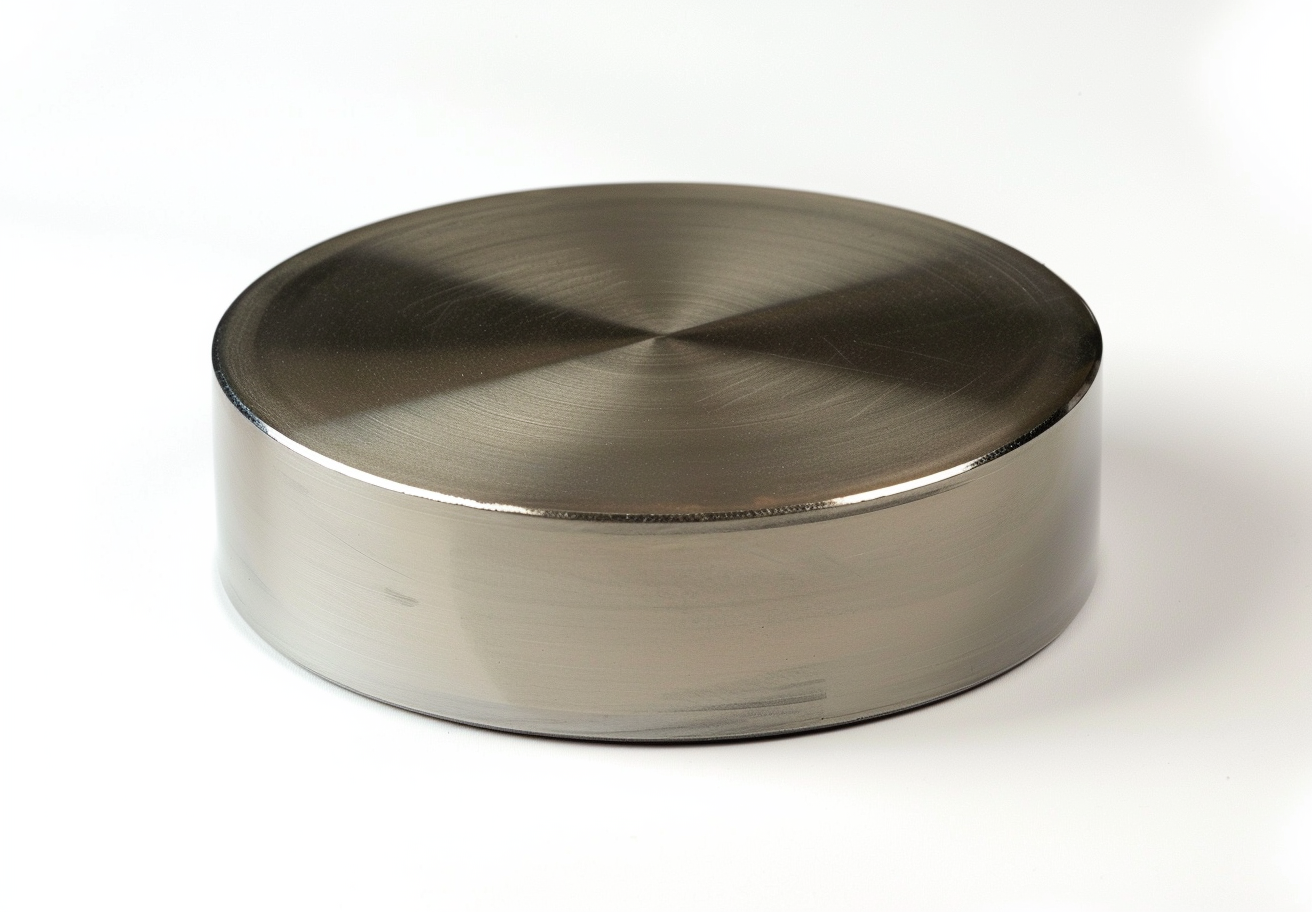Ni-Ti Shape Memory Alloys And Their Constituents
A Preface on Shape Memory Alloys
Shape memory alloys (SMAs) are alloys that retain information about their preformed configuration. They are produced in a cold-worked state and, upon heating, revert to their pre-set or original shape. Other names by which shape memory alloys are known include Memory Alloys, Memory Metals, and Smart Metal Alloys, among others. SMAs are generally lightweight and are employed in a number of applications. The following text outlines several uses and applications of shape memory alloys.

Further information: Nitinol - A Notable Shape Memory Alloy
1. Main Applications of SMAs
Shape memory alloys are employed in several industry sectors. For example, they play a role in the aerospace industry in the manufacture of aircraft and turbine engines, thereby reducing noise. They are also used in pipework installations for water and oil conduits.
- The automotive industry utilises these alloys.
- They are applied in robotics, telecommunications, optometry, dentistry and medicine.
- Many actuators incorporate memory alloys.
- Orthopaedic surgery is another field in which these alloys are employed.
2. Ni-Ti Shape Memory Alloys
Ni-Ti Shape Memory Alloys consist of approximately equal proportions of nickel and titanium. In addition to these two elements, copper, zinc, gold and iron may be used to manufacture shape memory alloys; however, Ni-Ti is the most frequently used variant. There are several reasons for choosing these two elements when producing such alloys, the most important of which are detailed below:
- Ni-Ti shape memory alloys are preferred because they are stable, practical and exhibit improved thermomechanical performance compared with other metals.
- The yield strength of Ni-Ti-based SMAs is lower than that of steel. However, certain compositions achieve a yield strength that exceeds that of some plastics and even aluminium. Ni-Ti alloys can have a yield strength of up to 500 MPa.
- The use of Ni-Ti alloys can result in a significant degree of recoverable plastic deformation.
3. Manufacture of Ni-Ti SMAs
Nitinol, also known as Ni-Ti, is challenging to produce. This difficulty arises from the exceptionally tight control of composition required and from the high reactivity of titanium metal. The two primary melting processes used today to manufacture Nitinol are:
- Vacuum arc remelting – In this process, an electric arc is initiated between the raw material and a water-cooled copper closing plate. This melting process is performed in a high-vacuum environment. The mould consists of water-cooled copper, and no carbon is introduced during the process.
- Vacuum induction melting – In this method, the raw materials are heated in a crucible by means of alternating magnetic fields. This process is conducted in a high-vacuum environment, with the introduction of carbon into the process.
No evidence exists to indicate that one method is more effective than the other; both methods offer distinct operational benefits.

 Bars
Bars
 Beads & Spheres
Beads & Spheres
 Bolts & Nuts
Bolts & Nuts
 Crucibles
Crucibles
 Discs
Discs
 Fibers & Fabrics
Fibers & Fabrics
 Films
Films
 Flake
Flake
 Foams
Foams
 Foil
Foil
 Granules
Granules
 Honeycombs
Honeycombs
 Ink
Ink
 Laminate
Laminate
 Lumps
Lumps
 Meshes
Meshes
 Metallised Film
Metallised Film
 Plate
Plate
 Powders
Powders
 Rod
Rod
 Sheets
Sheets
 Single Crystals
Single Crystals
 Sputtering Target
Sputtering Target
 Tubes
Tubes
 Washer
Washer
 Wires
Wires
 Converters & Calculators
Converters & Calculators
 Write for Us
Write for Us
 Chin Trento
Chin Trento



